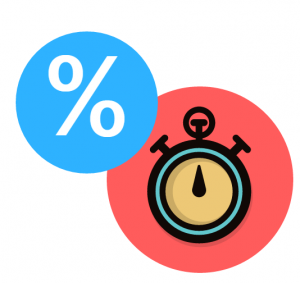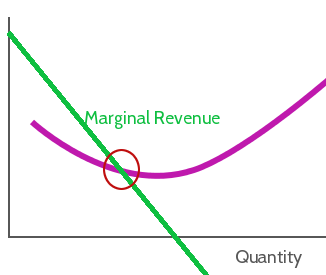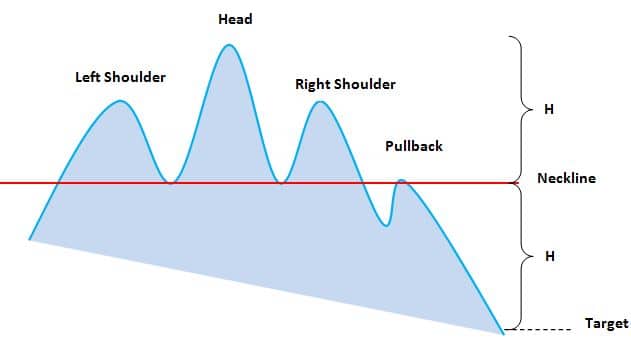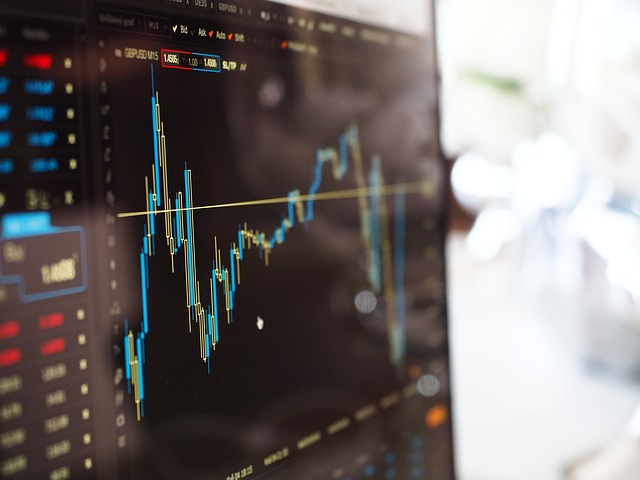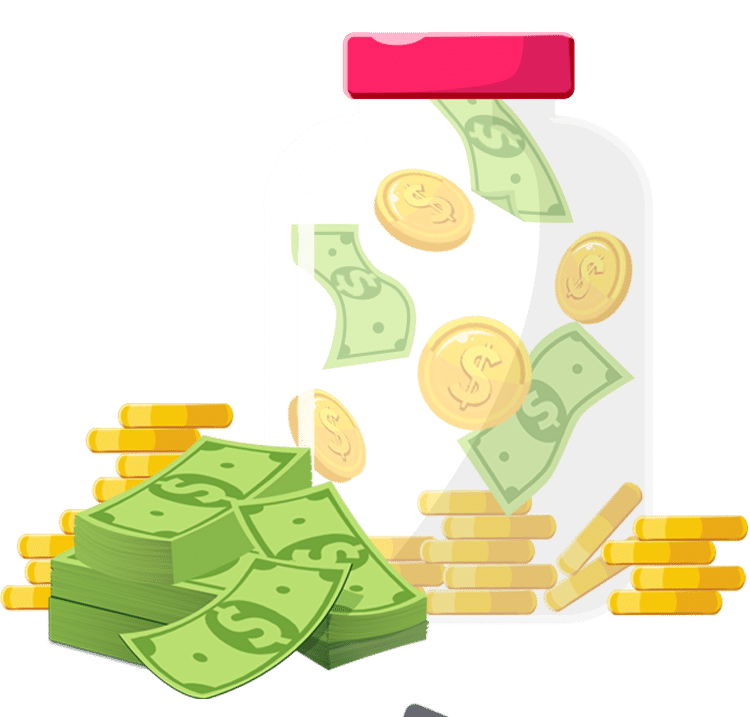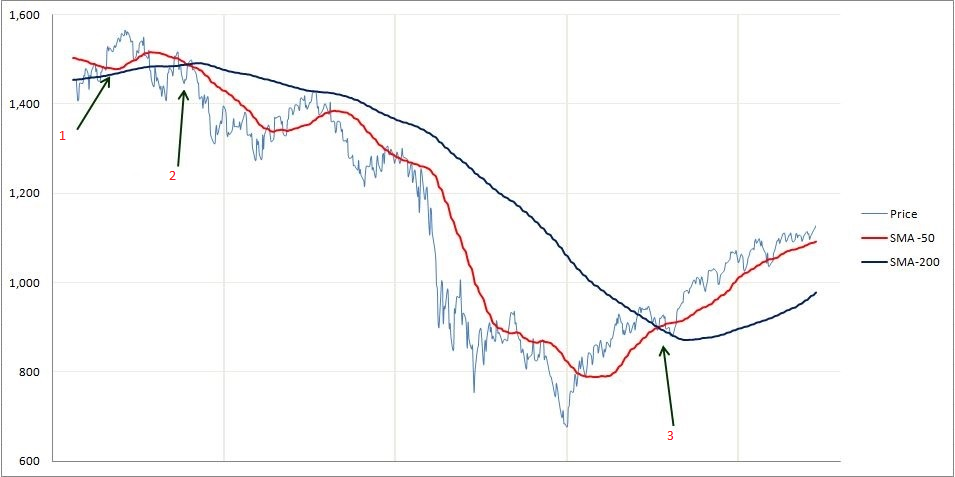A long stock is an expression used when you own shares of a company. It represents a claim on the company’s assets and earnings. As you increase your holdings of a stock, your ownership stake in the company increases. Read this post to learn about the components of a long stock, and what it looks like graphically.
A long call is a term used when you own a call option for an underlying asset. A call option is a contract where the buyer has the right (not the obligation) to exercise a buy transaction at a specific strike price at or before an expiration date. In the world of trading, owing a long call means that you have a contract that gives you the right to buy the underlying asset at a specific price, before a maturity date.
A long put is a term used when you own a put option for an underlying asset. A put option is a contract where the buyer of the put has the right (not the obligation) to exercise a sell transaction at a specific strike price before an expiration date. In the world of trading, owning a long put means that you have a contract that gives you the right to sell the underlying asset at a specific price, before a maturity date.
Your home will probably be the biggest purchase you make in your lifetime. Buying a home not only saves money on rent, but is a serious asset that can appreciate over time. Since homes are so expensive, (almost) no-one buys them in cash. Instead, homes are typically purchased with a special type of loan, called a “Mortgage”, that breaks the principle and interest into equal payments over the entire term of the loan.
Interest rates are a percentage that is used to calculate how much a loan or investment grows over time. A “Nominal” interest rate is just the percentage on the loan – the “Real” rate subtracts expected inflation
Everyone knows about costs and benefits of doing something – the pros and cons of making a choice. Marginal benefit and marginal cost are different – they look more closely at doing slightly more or less of different alternatives. Marginal costs and benefits are extremely important to producers when choosing their inputs and prices.
Economic Incentives include anything that pushes people, businesses, and governments to do one thing or another. These include what products you buy, what career you choose, what products businesses produce, and what government programs are put in place
Money has value because we all agree it has value, and so we can use it as a medium of exchange. Forms of Stored Value simply are a storage system for money like checks and debt cards, meaning they do not have any value in and of themselves.
“Major Economic Indicators” are numbers that you can look at to try to get a picture of how well the economy is doing. This includes GDP, Output, Inflation, Unemployment, and more!
In the US, money is created as a form of debt. Banks create loans for people and businesses, which in turn deposit that money in their bank accounts. Banks can then use those deposits to loan money to other people – the total amount of money in circulation is one measure of the Money Supply.
Futures Contracts are a standardized, transferable legal agreement to make or take delivery of a specified amount of a certain commodity, currency, or an asset at the end of specified time frame.
An option allows you to pay a certain amount of money (the option price) to allow you to buy or sell a stock at the price (strike price) you decided on when buying the option.
Mutual Funds come in several different “flavors”, but the core concept is always the same: the fund is a pool of money contributed from many different investors that are used to purchase a bundle of securities. They are professionally managed, so you are basically buying a piece of a larger portfolio.
The Income Statement is one of the financial statements that all publicly traded companies share with their investors, which shows the company’s sales, expenses, and net profit (or loss) over a period of time–usually 3 months, year-to-date, and twelve months.
An investment strategy is the set of rules and behaviors that you can adopt to reach your financial and investing goals. Choosing an investing strategy can be a daunting task when you are starting to learn about investments and finance. H
The head-and-shoulders pattern is one of the most popular chart patterns in technical analysis and indicates that a reversal is likely to happen after the pattern has been completed.
The Moving Average Convergence-Divergence (MACD) indicator is one of the easiest and most efficient momentum indicators you can get. The MACD moves two trend following indicators and moving averages into a momentum oscillator by subtracting the longer moving average from the shorter moving average. The result is that the MACD gives the best of both worlds: trend following and momentum.
The idea behind insurance is that there are random bad – and expensive – things that happen to just about anyone. Car crashes, medical emergencies, and other problems that can destroy your personal saving and investing plans if they happen. To protect against this, insurance companies work to pool the resources of many people together in one group.
Monopoly, in economic terms, is used to refer to a specific company or individual has a large enough control of a particular product or service that allows them to influence it’s price or certain characteristics.
Monopolistic Competition is characterized as a form of imperfect competition, which exist when there are many sellers of a good or service but the products do not contain noticeable differences. There are several forms of imperfect competition, of which Monopolistic Competition is one.
Money supply is the total amount of money available in an economy at any particular point in time. Money is required for both consumers and businesses to make purchases. Money is defined as currency in circulation and demand deposits (funds held in bank accounts.)
A Portfolio Manager is a professional investment adviser that manages a client’s assets. They should be registered with an investment authority and be certified to act as a manager. Read this post for details on how to evaluate a portfolio manager.
An investment strategy that aims to capitalize on the continuance of existing trends in the market. The momentum investor believes that large increases in the price of a security will be followed by additional gains and vice versa for declining values.
Inflation-Indexed Securities are securities with a guarantee of a return rate that is higher than the rate of inflation if it is held to maturity.
The typical hedge fund is designed to be a partnership arrangement with the fund manager acting as the general partner responsible for making investment decisions, and is one of the investment tools serious investors aspire towards.
Hyperinflation refers to out of control or extremely rapid inflation, where prices increase so quickly that the concept of real inflation becomes meaningless. The classical definition of hyperinflation is inflation greater than 50% per month.
Inflation refers to the general rising of prices for goods and services in the economy, due to an increase in the amount of money and/or credit available. When it occurs, the purchasing power of your dollar falls.
Market capitalization is calculated by multiplying the market price of stock by the number of issued shares of stock.
Though investors often do not analyze it, most do realize there is risk inherent in investing. Never take on more risk than you are able to lose
A non-bank organization that regularly trades large blocks of stocks. Because of the size of their investments, they qualify for preferential treatment and lower commissions. Institutional investors have less protective regulations as it is assumed that they have more experience with the market and are better able to protect themselves.
By aggregating the value of a related group of stocks or other investment vehicles together and expressing their total values against a base value from a specific date. Market indexes help to represent an entire stock market and thus give investors a way to monitor the market’s changes over time.
The maintenance margin is the minimum amount of equity that must be maintained in a margin account.
Margin calls happen when you are trading “on margin” and your account value drops to a value below that allowed by a broker – and they force you to sell stocks or add more cash
Horizontal Integration refers to the merger of companies at the same stage of production in the same or different industries.
A high-risk bond with a low credit rating. Junk Bonds usually have a much higher yield than investment-grade bonds.
A load mutual fund comes with a sales charge or commission. To compensate a sales intermediary (ex: a broker, financial planner, investment advisor) for their knowledge and time in choosing a suitable fund for the investor, the fund investor will pay the load.
An IPO is the first sale of stock by a private company to the public. IPOs are often issued by smaller, younger companies seeking the capital to expand, but can also be done by large privately owned companies looking to become publicly traded.
A limit order is an order to buy or sell a stock at a specific price or better. A buy limit order can only be executed at the limit price or lower, and a sell limit order can only be executed at the limit price or higher. A limit order is not guaranteed to execute. A limit order can only be filled if the stock’s market price reaches the limit price.
A market order is an order to buy or sell a stock at the best available price. Generally, this type of order will be executed immediately. However, the price at which a market order will be executed is not guaranteed. It is important for investors to remember that the last-traded price is not necessarily the price at which a market order will be executed. In fast-moving markets, the price at which a market order will execute often deviates from the last-traded price or “real time” quote.
Margin is the amount of money supplied by an investor as a portion of the total funds needed to buy or sell a security, with the balance of required funds loaned to the investor by a broker, dealer, or other lender.
In simple terms, the moving average is an average that compares the previous period over time. There are two types of moving averages: the Simple Moving Average (SMA) and the Exponential Moving Average (EMA) which puts more weight on the latest date.
Market Risk is the general risk for investing in the any security. Every industry in the market is affected by this risk. Examples of market risk: depression, war, inflation etc.
Initial Public Offering, or IPO for short, represents the first opportunity for the public to purchase shares of a company.



